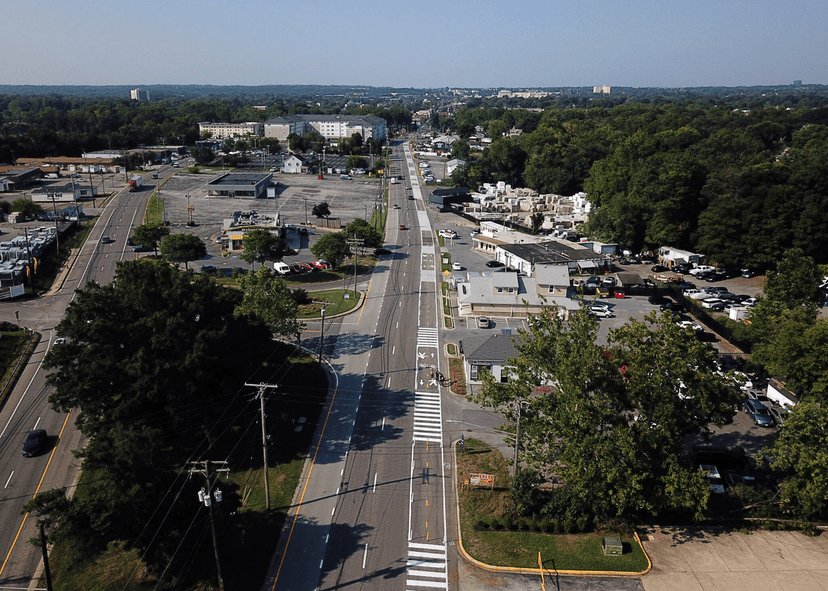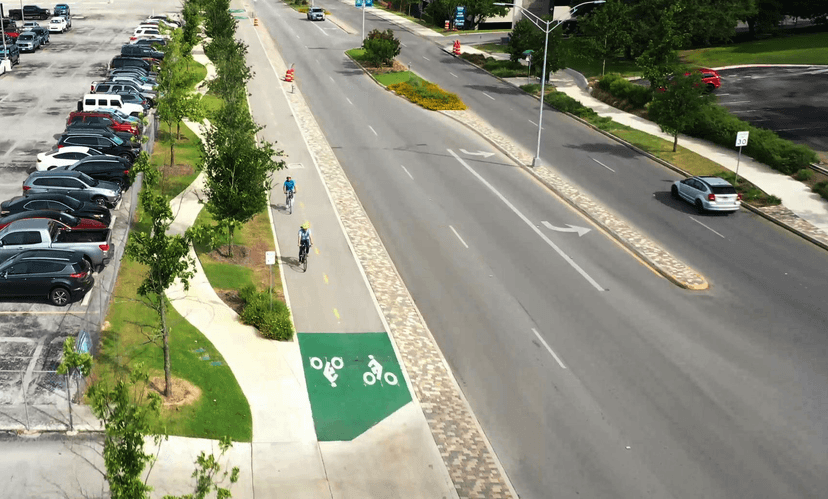
Signature reports
The Best Complete Streets Policies 2025
State-level Complete Streets policies
States across the U.S. own some of the deadliest roadways for pedestrians—66 percent of all pedestrian fatalities in the 101 largest metro areas occur on state-owned routes. State agencies can play a huge role in improving road design and enhancing safety. While some states have enacted Complete Streets policies to address these issues, most state level policies score very low on the Complete Streets Policy Framework. Our analysis of three new state-level policies underscores the importance of state efforts and outlines strategies for enacting stronger, more effective measures.
Overview of State Policies

*The California Department of Transportation 2021 Director’s Policy scored a 61 in the previous Best Complete Streets Policies Report. The 2024 California Senate Bill 960 codifies Complete Streets and was passed to ensure and strengthen implementation of the 2021 policy: requiring implementation targets, transparent decision-making processes, and prioritization of improvements for people walking, biking, and taking transit. Each of these policies has been scored separately on their own merit, according to SGA’s protocol. Learn more at Streetsblog California and the California Bike Coalition.
Why a Statewide Policy?

Strengths and Weaknesses

Considerations
State policy spotlight: New Jersey and Washington
While this year’s report revealed five new Complete Streets policies that scored 80 points or higher, there were low-scoring policies as well. Many of the lower-scoring policies came from New Jersey and Washington. Almost 40% of the policies reviewed came from these states (17/43), with multiple localities adopting nearly identical language and formatting. Policy scores averaged around 50 points for New Jersey and around 25 for Washington. These patterns may be driven by statewide incentives, guidance, and model policy language aimed at encouraging policy adoption. The result was a proliferation of low-scoring policies that do not adequately address many of our policy framework elements.


© 2025 Smart Growth America. All rights reserved
Site By3Lane Marketing










